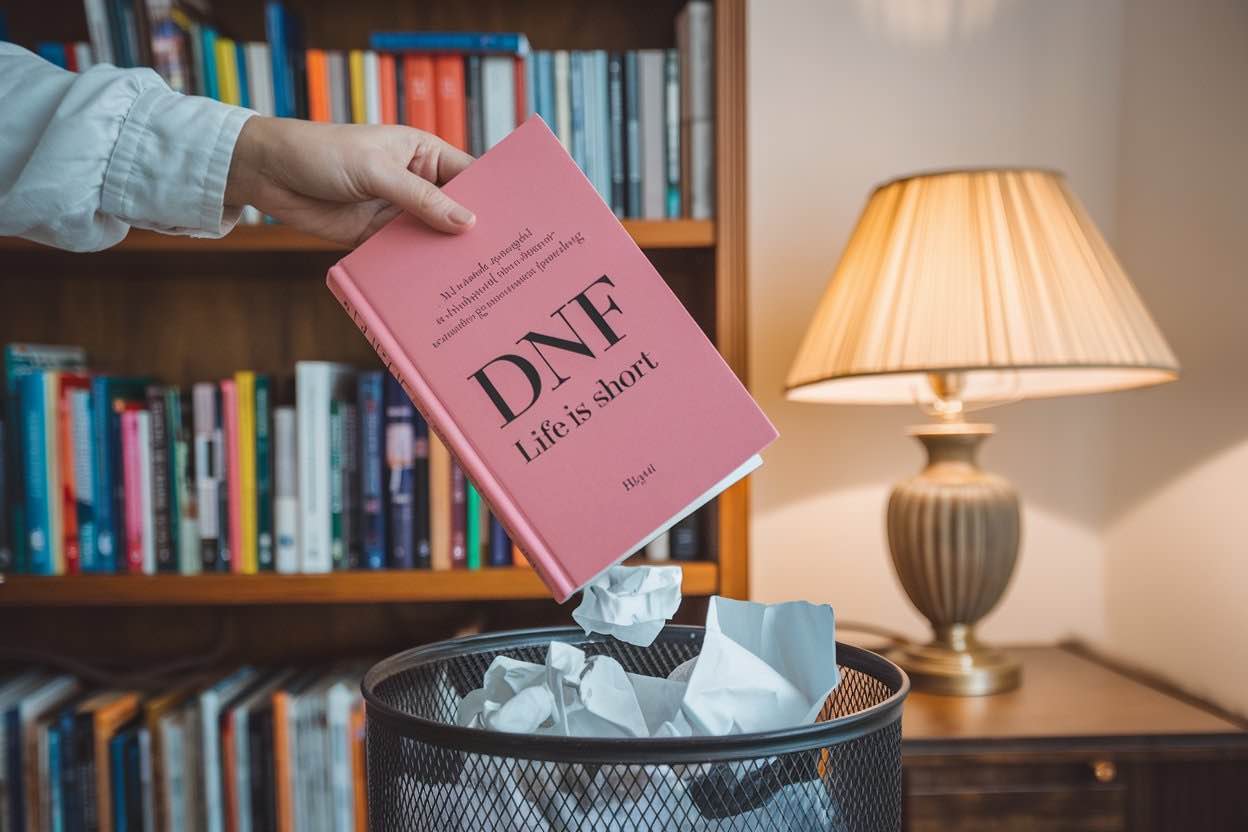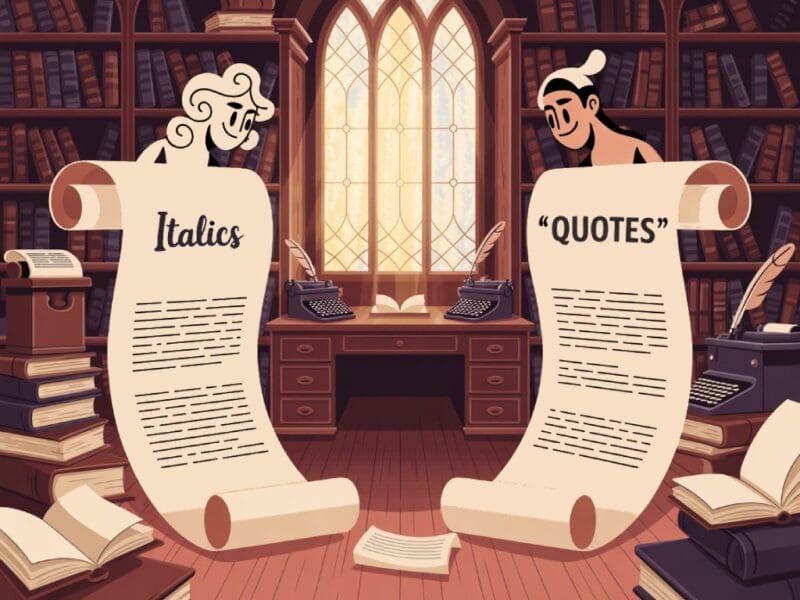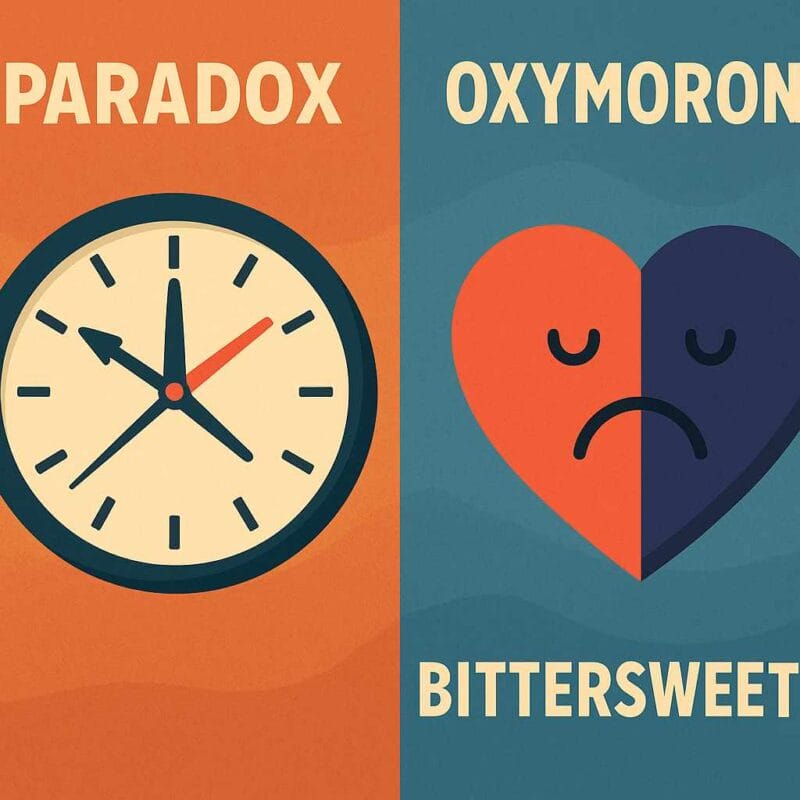In case you have never DNF-ed a book yourself and/or you’re new to the bookish community (welcome in that case!); DNF stands for “Did not finish” and is an abbreviation frequently used when one started reading a book but for whatever reason did not finish the read at 5, 20, 50 or even 70% and more.
Being in a DNF Book Situation
The concept of “Did Not Finish” (DNF) involves a reader’s choice to stop reading a book before its conclusion. This decision often hinges on various personal and literary factors, sparking debate within the reading community.
Reasons Behind DNF Book Choices
Several reasons prompt readers to DNF a book. Sometimes, the writing style might not resonate, making the reading experience laborious. Plot issues like predictability or lack of engagement can also cause readers to abandon a book.
Personal taste plays a significant role. A book might not align with a reader’s current mood or interests. Additionally, time constraints or other commitments might make finishing a lengthy book impractical.
A reader’s perceived value of their time is a major factor. If a book does not deliver prompt pleasure or intellectual satisfaction, readers may feel no obligation to continue.
The DNF Debate: To Finish or Not to Finish?
Whether to finish a book often depends on one’s personal reading philosophy. Some hold that persevering through a book’s challenging moments can be rewarding. They argue it contributes to a comprehensive understanding and appreciation of literature, even if it means enduring a less enjoyable experience.
Others advocate for the liberty to DNF a book. Time is valuable, and reading should be an activity that brings pleasure and fulfillment. They suggest that life being short means one should not waste moments on tasks that do not provide joy.
Platforms like Goodreads allow readers to note when they decide to DNF. This can help track reading habits and make informed future choices. Whatever stance one takes, the discussion of DNF’s meaning in relation to books emphasizes the importance of personal choice and finding value in one’s reading journey.
Factors Influencing the Decision to DNF

Several factors influence a reader’s decision to DNF a book. These include elements within the narrative itself, such as characterization and plot development, as well as external and environmental considerations that impact the reading experience.
Characterization and Plot Development
The depth and development of characters play a crucial role in keeping readers engaged. If the characters lack depth or fail to resonate, a reader may lose interest. Similarly, the plot’s pacing and coherence are vital.
A few common issues include:
- Underdeveloped characters: Flat or stereotypical characters.
- Plot inconsistencies: Incoherent or meandering storylines.
- Predictability: A plot that is too predictable may fail to hold attention.
- Genre mismatch: The book’s content or mood not aligning with reader expectations.
In situations where readers feel no connection or investment in the characters or find the plot too slow or disjointed, they often choose to DNF the book. Understanding the “DNF book meaning” in context helps to illustrate how narrative elements heavily influence a read’s enjoyment.
External and Environmental Considerations
External factors also play a significant role in a reader’s decision to DNF a book. Life circumstances, reading environments, and even the reader’s taste and mood at the moment can all have an impact on their willingness to continue with a book.
Notable factors include:
- Time constraints: Limited free time leading to prioritizing more engaging reads.
- Reading environment: Distractions in the reading environment can make it difficult to focus.
- Mood and personal preference: The reader’s current interests and emotional state.
- External recommendations: Opinions and reviews, particularly on platforms like Goodreads.
Readers often DNF books when life gets too hectic or the setting isn’t conducive to concentration. Understanding the context of DNF, particularly in relation to external pressures, underscores the importance of valuing environmental factors.
Balancing these internal and external factors aids in making informed decisions about when and how to effectively DNF a book.
Managing Your TBR Pile

A TBR (To Be Read) pile can sometimes feel overwhelming, turning reading into a chore rather than an enjoyable activity. Here are a few strategies to help manage your TBR pile effectively and minimize any associated guilt.
Prioritize your list: Identify books you’re most excited to read. This makes the task less daunting and more engaging.
Set realistic goals: Aiming to read a certain number of books per month can keep the pile manageable.
Regularly update your TBR: Remove books that no longer interest you.
Carry books everywhere: Keep a book or e-reader with you at all times. This allows you to make use of unexpected free time to read, reducing your TBR pile more quickly.
Embrace the DNF book approach: Celebrate the freedom to DNF a book. If a book doesn’t capture your interest, set it aside. Understanding the essence of having to DNF a book can alleviate the guilt of not finishing it.
Use technology: Apps like Goodreads can help track what you’ve read and what you want to read. Also, readers can use specific shelves to categorize those unfinished books. This can offer clarity on reading habits and preferences, allowing for more informed choices in future reading endeavors.
Weekly or monthly reviews: Check your TBR pile regularly. A brief review keeps the pile in good shape and prevents it from becoming overwhelming.
Strategic Approaches to DNF Book
Navigating a decision to DNF a book can streamline reading habits and enhance book enjoyment. Implementing clear guidelines for selective reading enables readers to effectively manage their time and preferences.
Guidelines for Selective Reading
Identify personal preferences: Readers should recognize genres and styles they naturally gravitate toward. Knowing individual preferences helps in selecting books and increases the likelihood of finishing them.
Set early benchmarks: Consider giving a book a set number of pages (e.g., 100 pages) to capture interest. If the book fails to engage by this benchmark, it can be marked as DNF without guilt.
Utilize Goodreads features: Understanding how to DNF a book on Goodreads can be crucial. Updating the status and adding progress information helps in keeping track of reading habits and shelves.
Redefine success: Learning to internalize the DNF book meaning alleviates the pressure to finish every book. Acknowledging that not every book will be a perfect fit can promote a healthier reading mentality.
Regularly revisiting and adjusting these guidelines ensures a reading list that aligns with personal satisfaction and time management.
Further Reading
When It’s Time To DNF a Book and What To Do Next by Simone Jung, Book Riot
The Difference Between DNF and Abandoned by The Lily Cafe
The joy of not finishing books: if you don’t like it, don’t read it by James Colley, The Guardian
How often do you DNF a book? on Reddit




